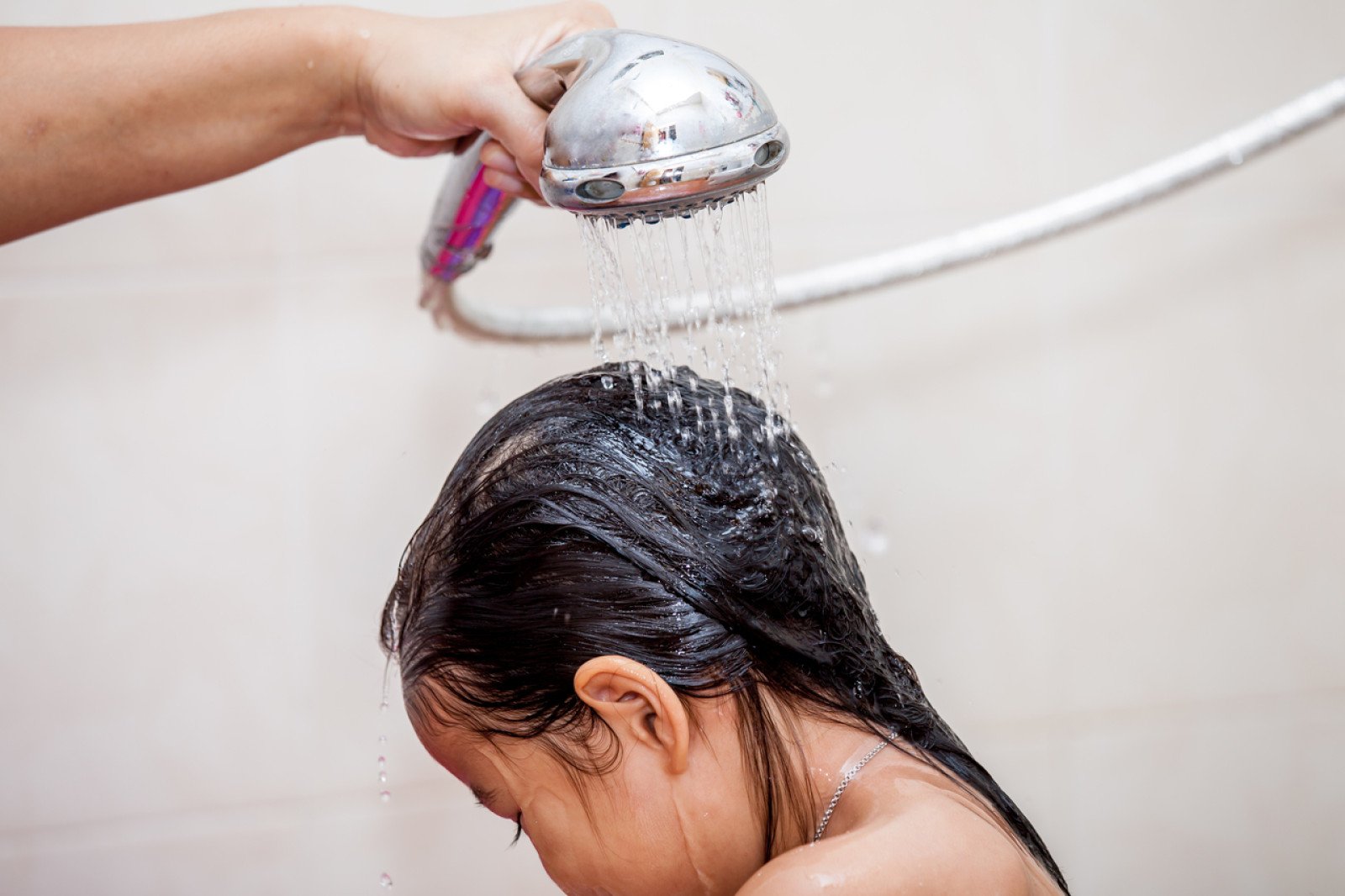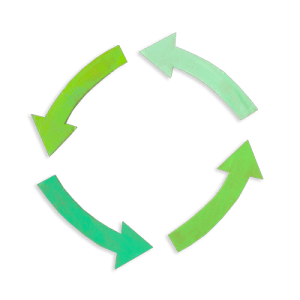Water, water, everywhere
Get physically active while learning about water as a shared resource.

Overview
Play an active game that explores the various ways water is a shared resource.
Instructions
What you'll need
- Playground area outside or indoor gym to play a game. Space approximately the size of a basketball court.
- Have students share ideas for actions under each of these three categories:
- “Water for wildlife”
- Examples: fish swimming, deer drinking, plants growing
- “Water for people”
- Examples: drinking, brushing teeth, washing hands, watering gardens, doing laundry
- “Water for electricity” (Explain that B.C. is powered by water, through hydroelectric dams)
- Examples: lights, TV, video games, fridge, stove
- “Water for wildlife”
- Power down your classroom and head outside or to the gym.
- Ask the students to stand in the middle of the space and assign a location in the space for the each of the three categories.
- Explain that when you call out one of the categories they must run to that location and mime a relevant action, like brushing teeth for “water for people”, a plant growing for “water for wildlife”.
- Once the action is complete, call out the next category and continue the game using a different action.
- Finish the game by summarizing how important it is that we all share the water. Have students share how they can reduce their water waste at home and at school.
- Explain that since water is a shared resource, we all need to conserve water so that's there's enough for everyone that needs it (e.g. plants, animals, people).
Modify or extend this activity
- Take a field trip to a local river to investigate the wildlife living there.
- Invite a local Indigenous Elder or Knowledge Keeper to talk about water as an important connection to the land and ecosystem.
Curriculum Fit
Grade 2 Science
Content
- Water sources, including local watersheds
- Water conservation
Grade 2 Social Studies
Content
- Relationships between people and the environment in different communities
Curricular competencies
- Recognize the causes and consequences of events, decisions, or developments
Assessments
- Assess students’ understanding of how water is used for people, for wildlife, and for making electricity.
- Assess students’ understanding of what we can do at home to use less water and electricity, and how that helps leave water for the wildlife.
Teaching Notes
Water
B.C. residents are among the highest per capita users of water, using around 400 litres of water each day. In B.C., we generate our electricity using water and wildlife depends on this resource. Despite our province being rich in rivers and lakes, we experience summer droughts. So, to have sufficient water for everyone we need to use less water and electricity, so people, electricity and wildlife can all share this resource.
There are easy ways to reduce our water consumption like:
- Taking shorter showers.
- Turning off the tap when we wash our hands and brush our teeth.
- Only washing full loads of laundry.
- Only running the dishwasher when it's full.
- Limiting/not watering grass.
- Washing cars with a bucket instead of a hose.
- Getting a rain barrel.
There are simple ways to reduce our electricity use like:
- Turning off lights.
- Turning off and unplugging unused appliances and electronics.
- Have “energy-free Friday” and turn off the TV and play games.
- Playing outside with our friends and family.
- Playing board games and reading books instead of playing video games and watching TV.







